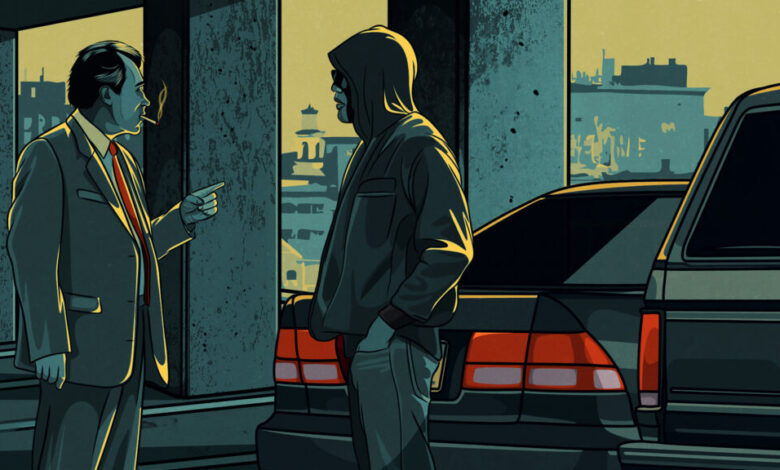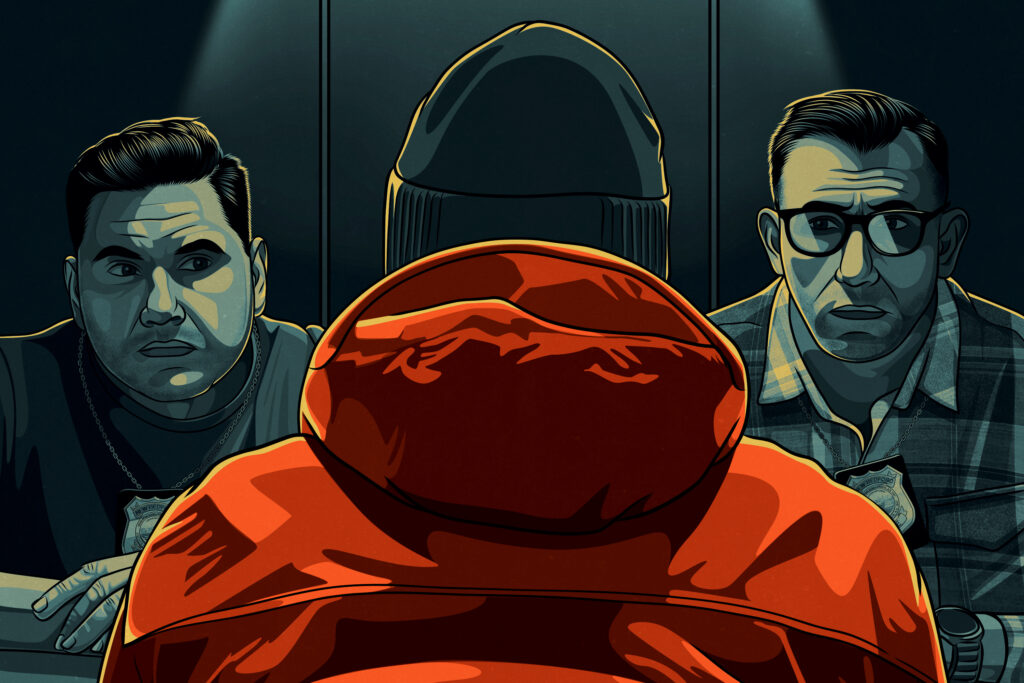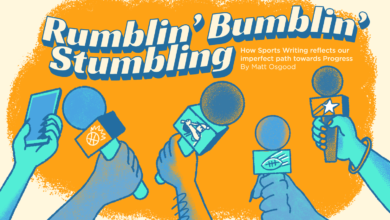How podcast storytelling is evolving

“Snitch City” illustration by J.D. Paulsen for The Boston Globe
Dear Storyboard community,
As Mary Schmich and I discussed last week, unlike newspaper columns, podcasts and digital media have few boundaries or constraints when it comes to space, length, and story structure. You can build a cliffhanger into each episode, or produce a series of standalone vignettes. But when it comes to budget and distribution, the constraints are clearer.
The post-“Serial” boom created an explosion of serialized narrative podcasts. This demand was also driven by the platform distributing these shows — Apple Podcasts, and later Spotify. As podcasting matured, there was pressure for more episodes, more downloads, and more growth, so we moved into a world where “always-on” chat shows became the trend. (If you had a member of the Kelce family involved, even better.)
As algorithms and trends change, journalists and producers are looking for new ways to do impactful work: Some news organizations might consolidate their longform documentaries into an “umbrella feed” instead of offering standalone shows; others might turn their work into an audiobook.
“ Where I come down is that there’s a lot you can do to be a storyteller regardless of the format,” Sound Judgment’s Elaine Appleton Grant told me. “You can use a lot of the same storytelling techniques — you can ‘narrative-ize’ a chat show.” While formats and platforms evolve, the core principles of reporting and storytelling remain the same.
Keep sharing your stories,
Subscribe to Storyboard
Get insights into the craft of journalism and storytelling in your inbox, delivered on Fridays.
New: The Nieman Storyboard Podcast
Source link






